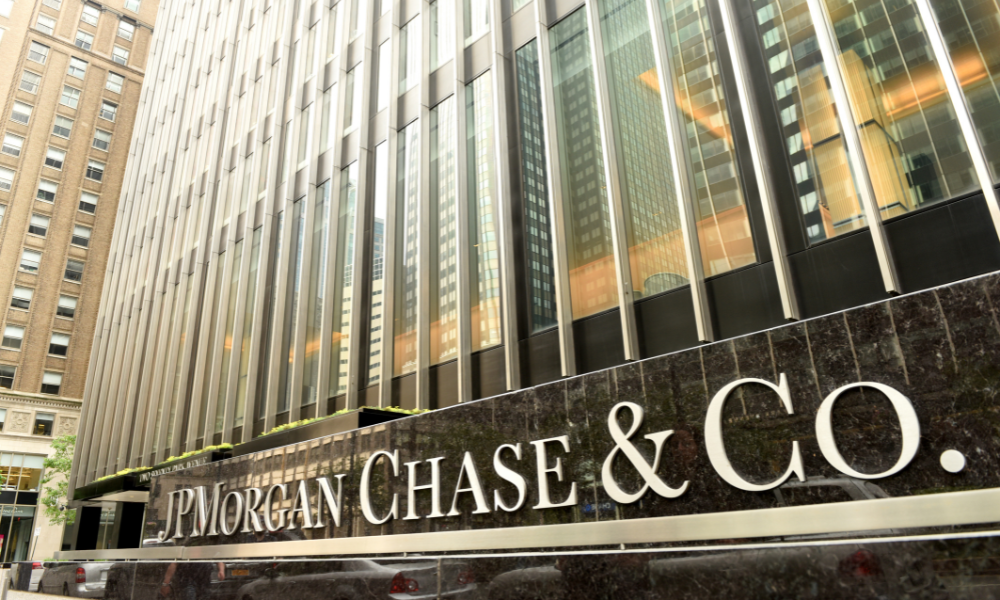Fed clears US banks to hike dividends after 2025 stress test shows resilience in downturn scenario

JPMorgan Chase, Bank of America, and other major US banks are increasing dividends and announcing new share buyback programs.
The moves follow the US Federal Reserve’s latest stress test, which showed the sector has enough capital to withstand a severe downturn, according to regulatory filings reported by Reuters.
JPMorgan Chase raised its dividend to US$1.50 per share from US$1.40 and launched a new US$50bn share repurchase program, effective immediately with no set end date.
CEO Jamie Dimon stated that the dividend increase—its second this year—“represents a sustainable level of capital distribution to our shareholders and is supported by our strong financial performance.”
Dimon also said the buyback plan provides flexibility to “distribute capital to our shareholders over time, as we see fit,” noting that the test results show the industry’s resilience.
According to the Federal Reserve release, the 2025 stress test scenario included a 10 percent US unemployment rate, a 30 percent decline in US commercial real estate prices, and a 33 percent drop in home values.
Despite simulated losses of more than US$550bn across 22 of the largest US banks, the average common equity Tier 1 capital ratio declined only 1.8 percentage points, to 11.6 percent—more than twice the 4.5 percent regulatory minimum.
The six largest US banks all retained double-digit capital ratios, with JPMorgan at 14.2 percent and Charles Schwab reporting the highest at 32.7 percent.
BMO’s US unit held the lowest at 7.8 percent.
Morgan Stanley also approved a new US$20bn share repurchase program and will raise its dividend to US$1 from approximately 93 cents.
Other dividend increases include Bank of America raising its payout by 8 percent to 28 cents per share, Wells Fargo lifting its dividend to 45 cents from 40 cents, Goldman Sachs raising its dividend from US$3 to US$4, and Citigroup increasing its payout to 60 cents from 56 cents.
The stress test results determine the “stress capital buffer” each bank must hold against potential losses, which, according to Federal Reserve officials, is typically finalized in August.
As per Reuters, the relatively strong results allow banks to proceed with capital distribution plans, which they began to announce after markets closed Tuesday.
Analysts pointed to potential implications for capital deployment.
Chris Marinac, research director at Janney Montgomery Scott, said the results “support ongoing, if not higher buybacks,” given loan growth remains weak and balance sheets have expanded.
He suggested that banks may now shift focus from dividends to share repurchases, noting a 3 percent decline in outstanding shares over the last five quarters among stress-tested firms.
Brian Mulberry, portfolio manager at Zacks Investment Management, said the test results suggest banks “have more than twice the reserve capital required,” adding that this could encourage increased lending.
The 2025 results mark an improvement over 2024, in part because this year’s test scenario was less severe.
According to the Fed, the exercise is designed to counterbalance real economic conditions, and a weaker macro backdrop ahead of the 2025 test produced a milder stress environment.
The Fed is currently in the process of overhauling how the test is conducted, responding to long-standing industry concerns over opacity.
As reported by Reuters, the central bank proposed in April to average results over two years, a move intended to reduce volatility.
If applied to the 2024–2025 period, the average capital decline would have been 2.3 percentage points.
Fed officials stated that if rulemaking concludes in 2025, the new methodology could be used to calculate buffers beginning in Q1 2026.
Goldman Sachs CEO David Solomon said the Fed aims to create “a more transparent and fair approach to these tests” to safeguard the financial system.
Dimon also noted that changes to the models could enhance clarity.
According to the Fed, plans are underway to publicly release the testing models and scenarios and seek public feedback.



